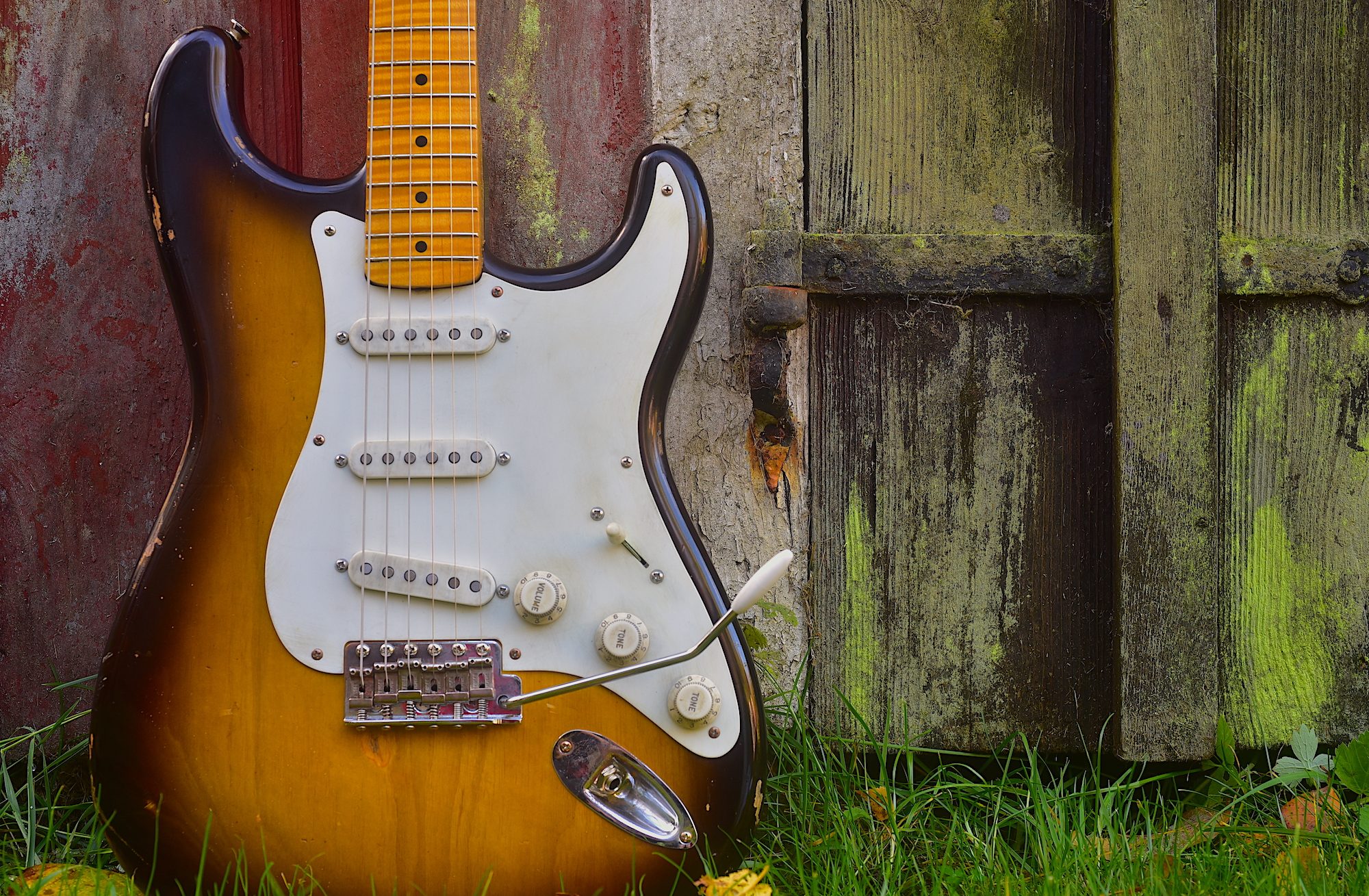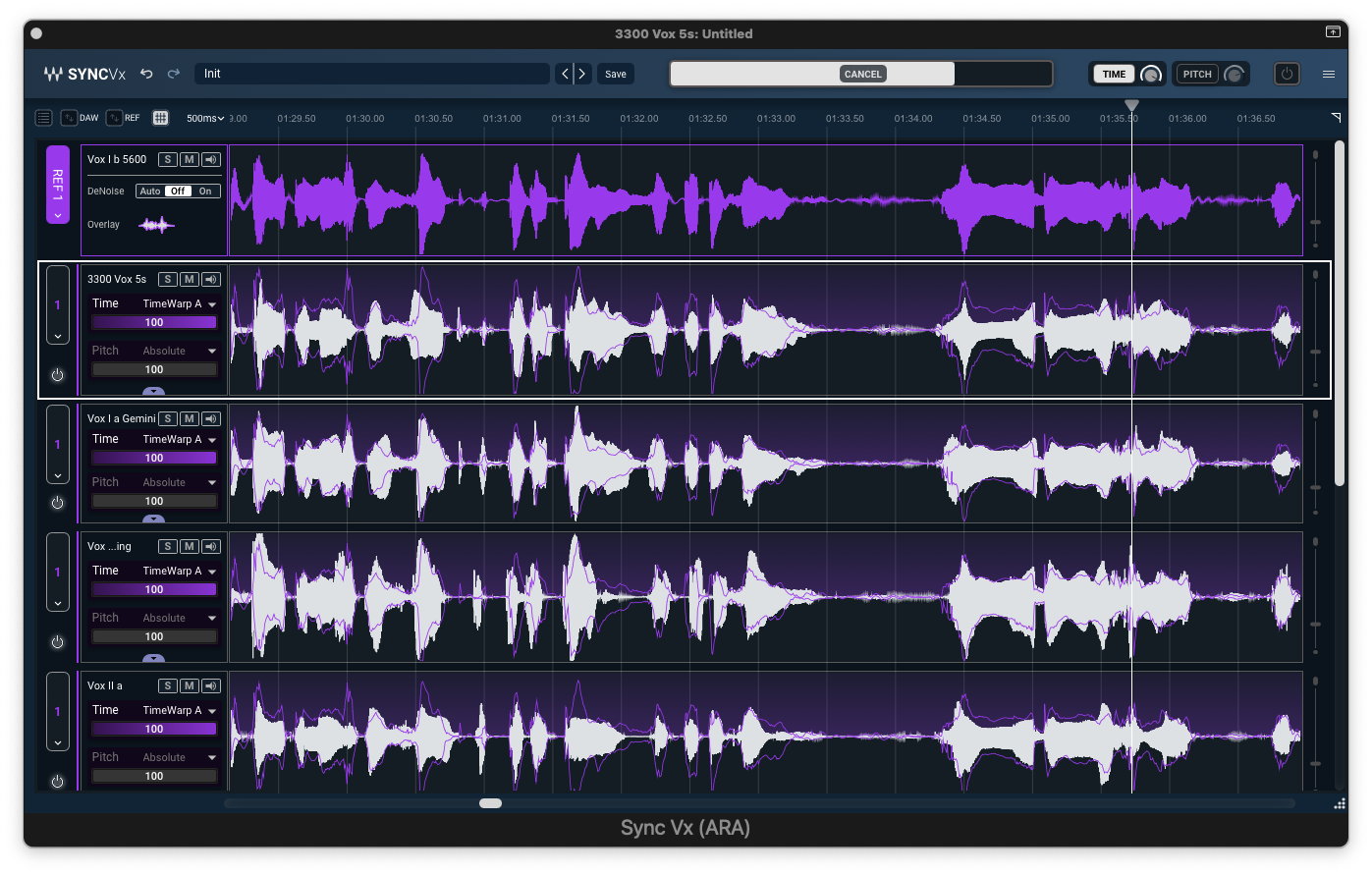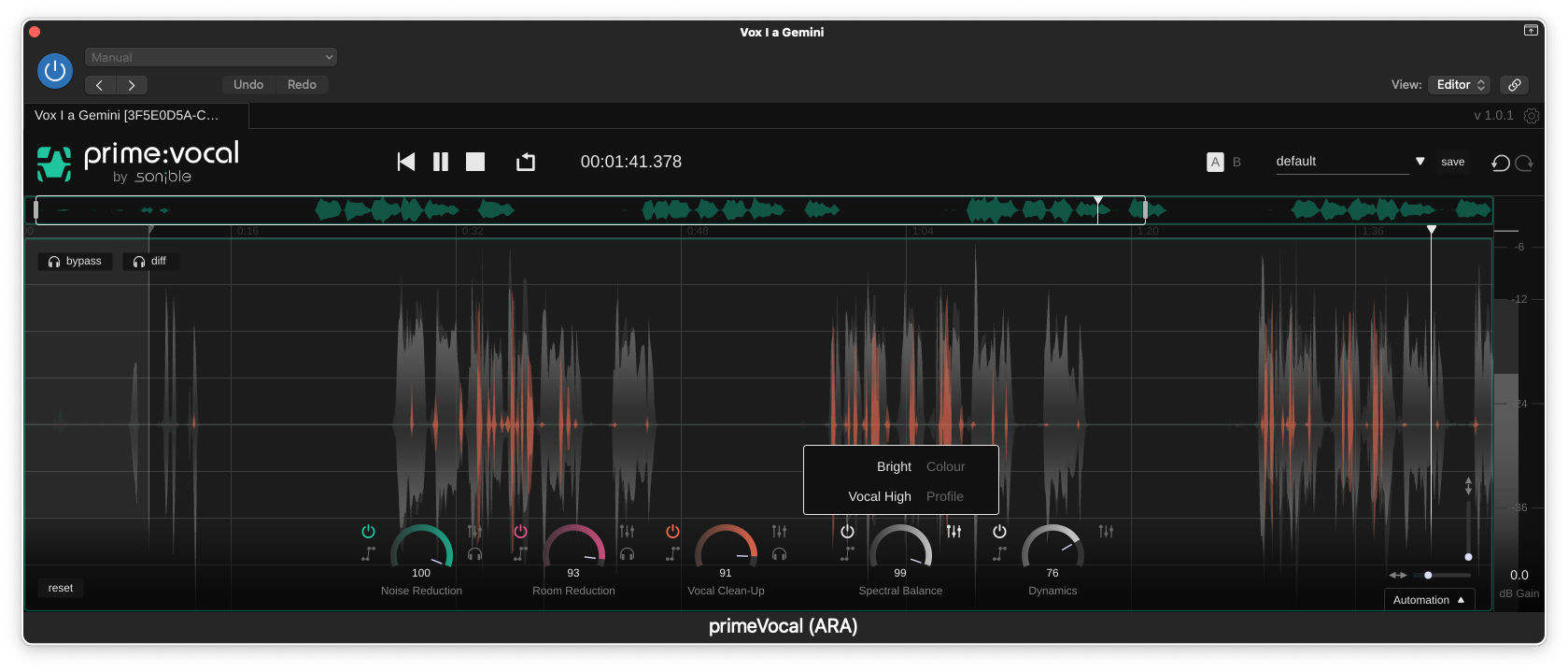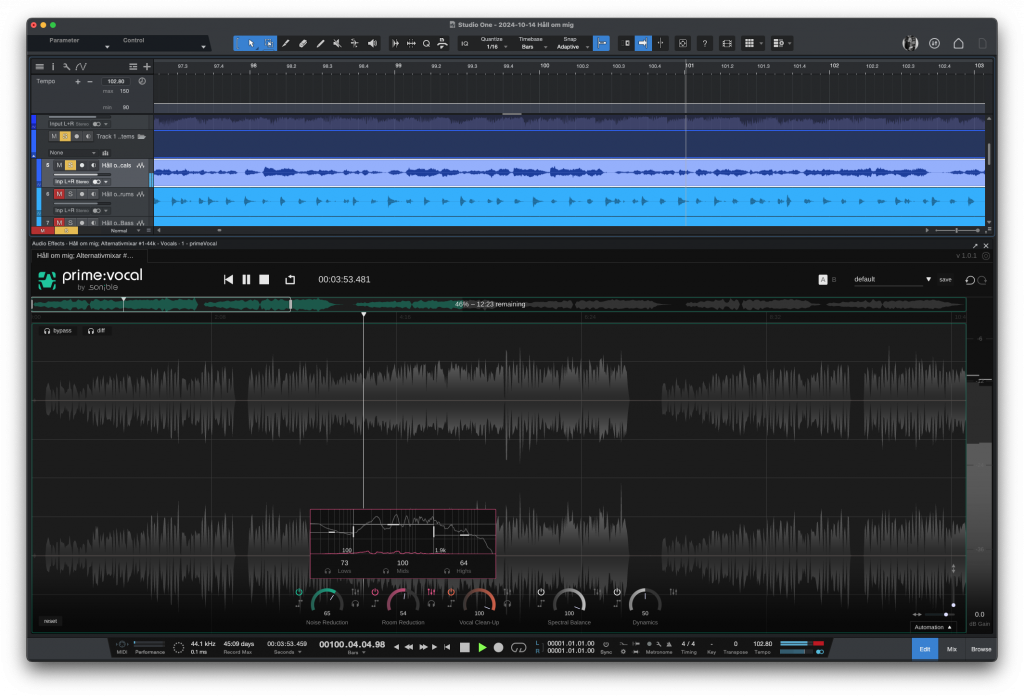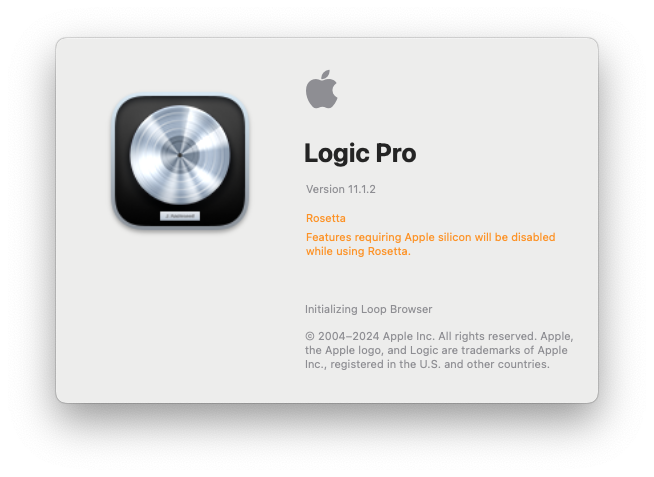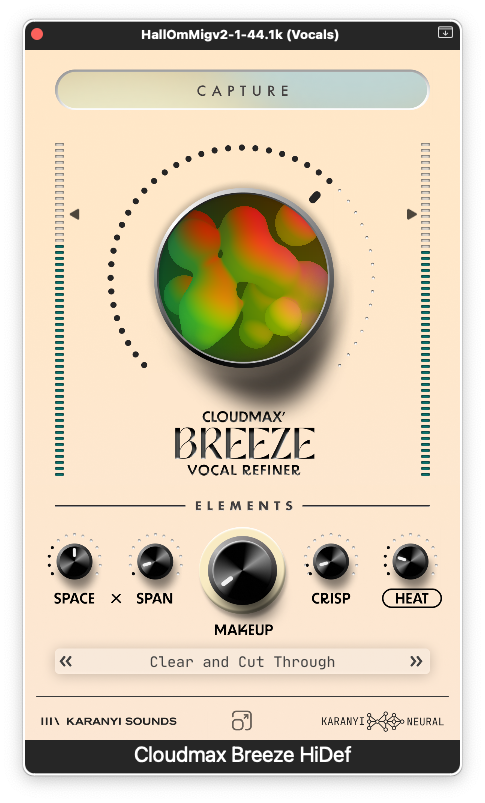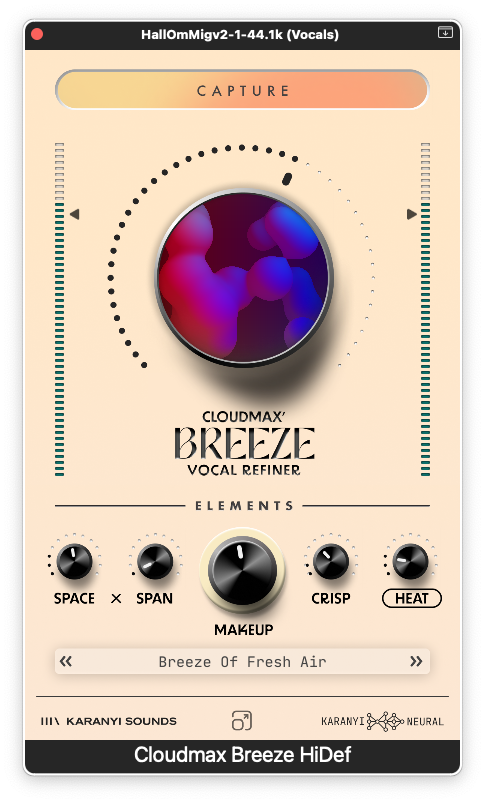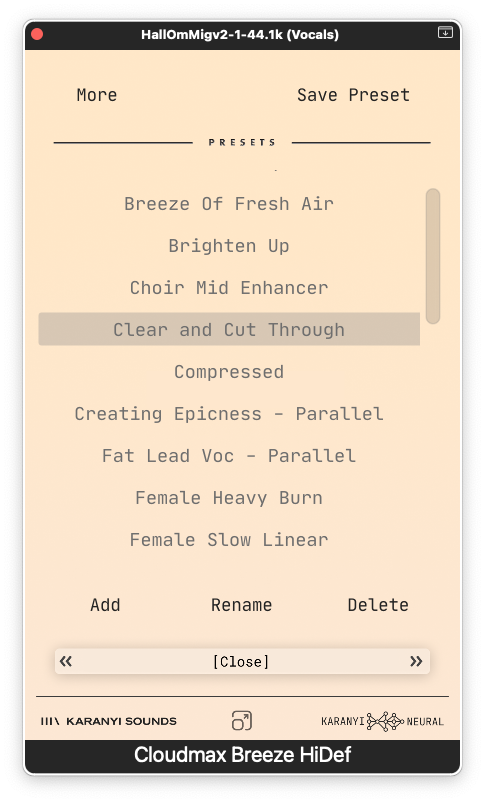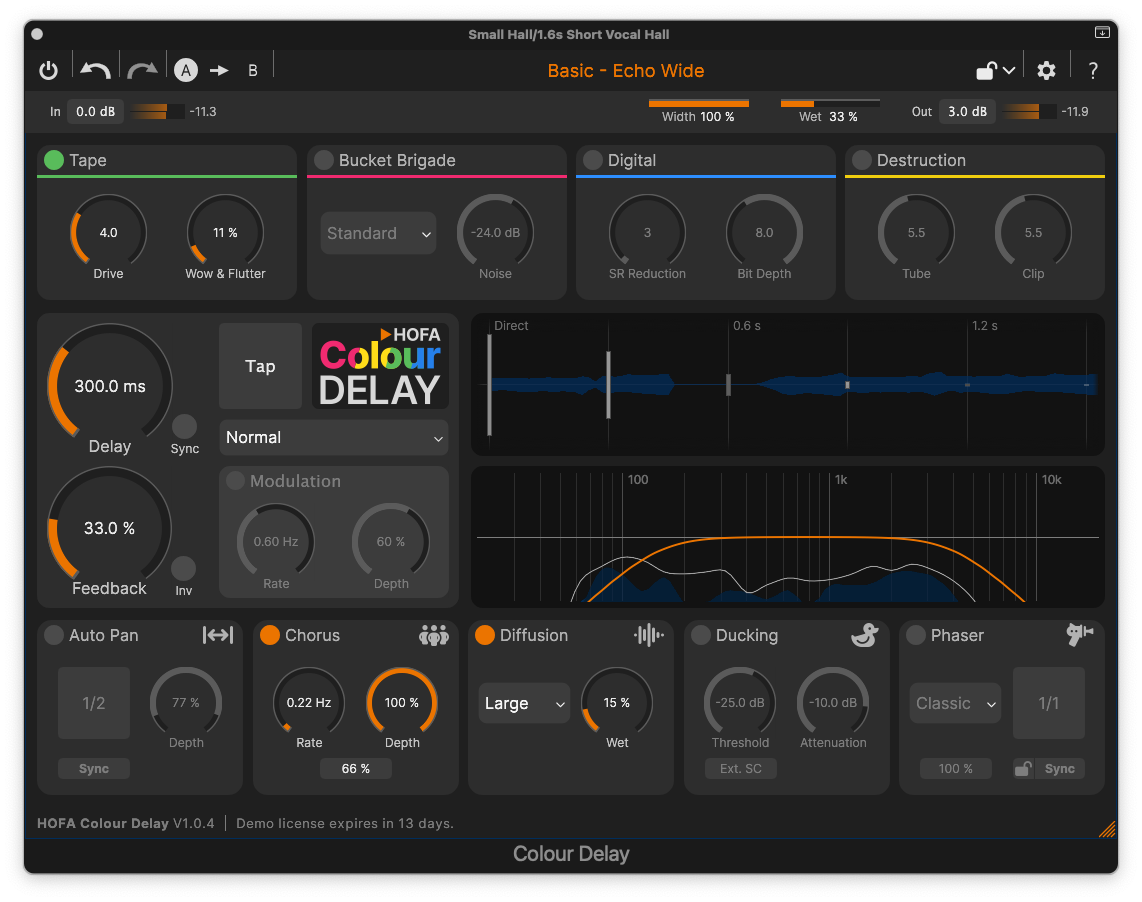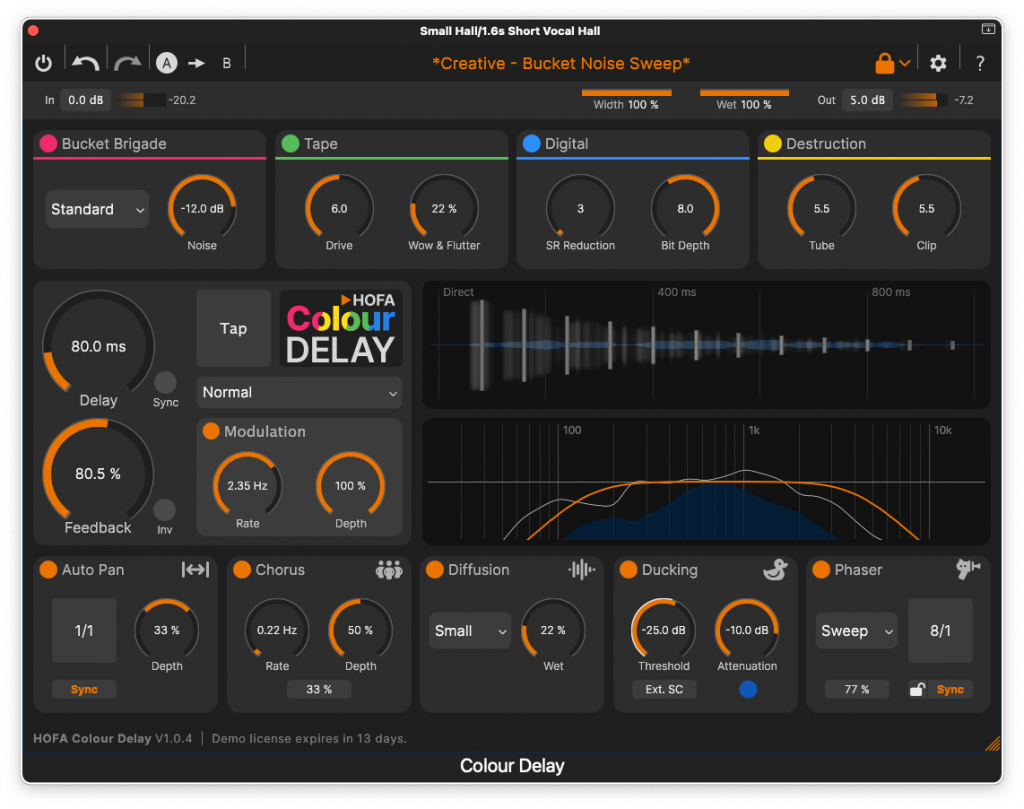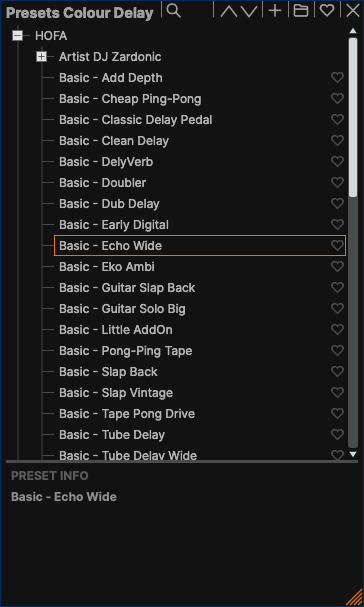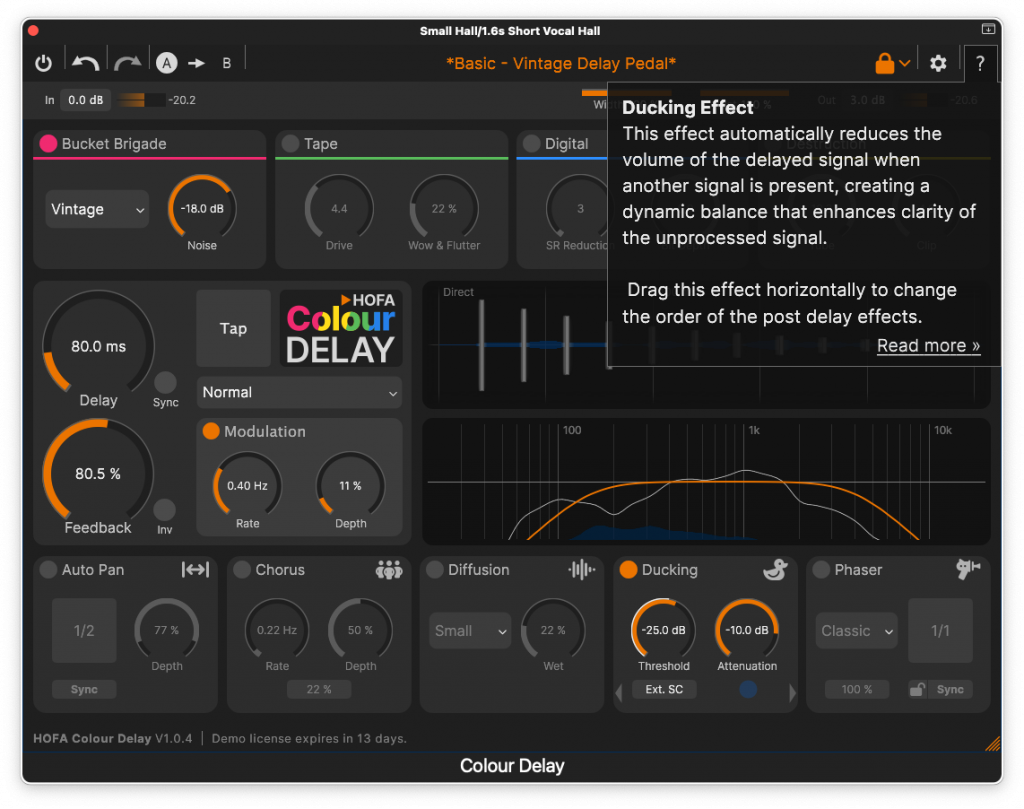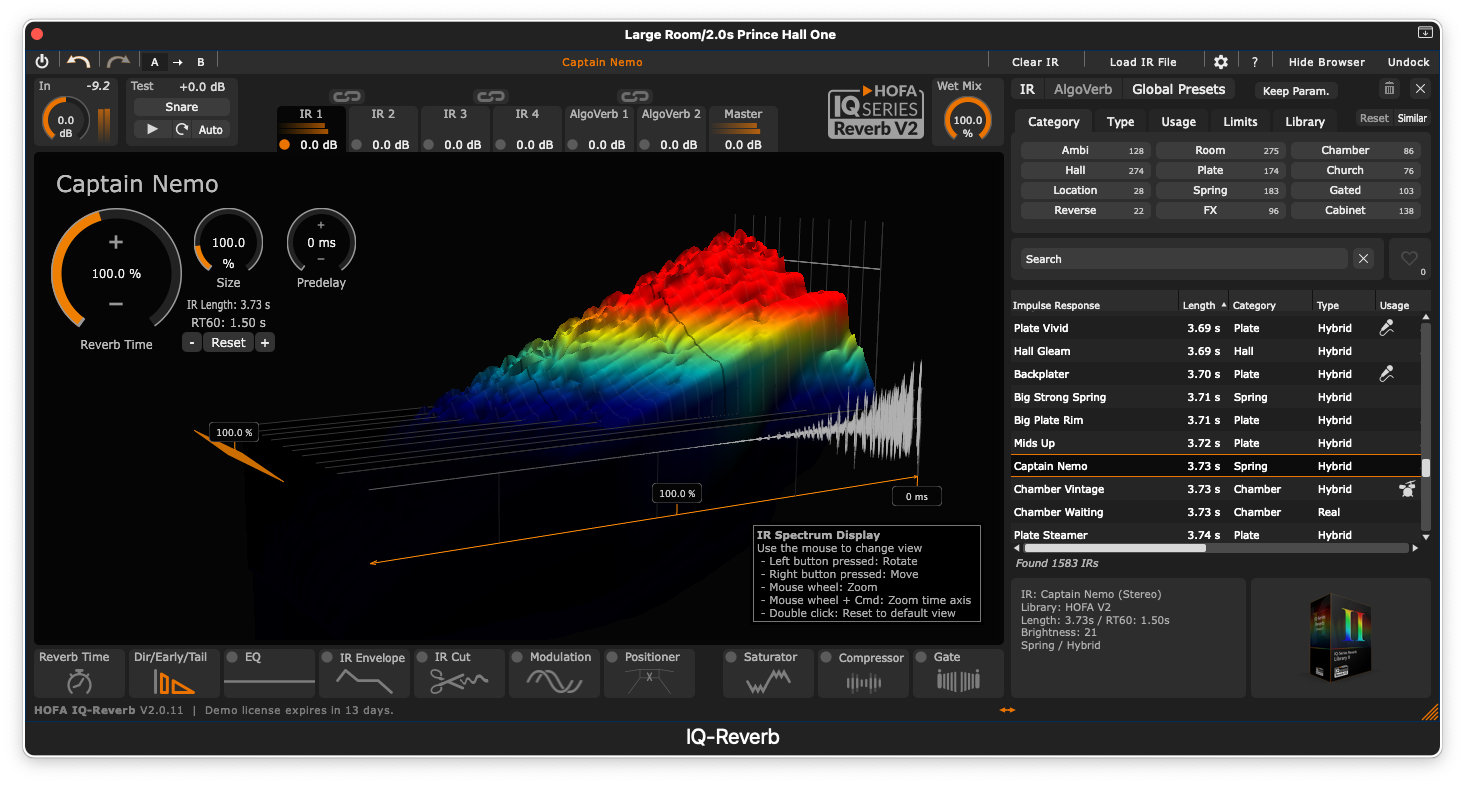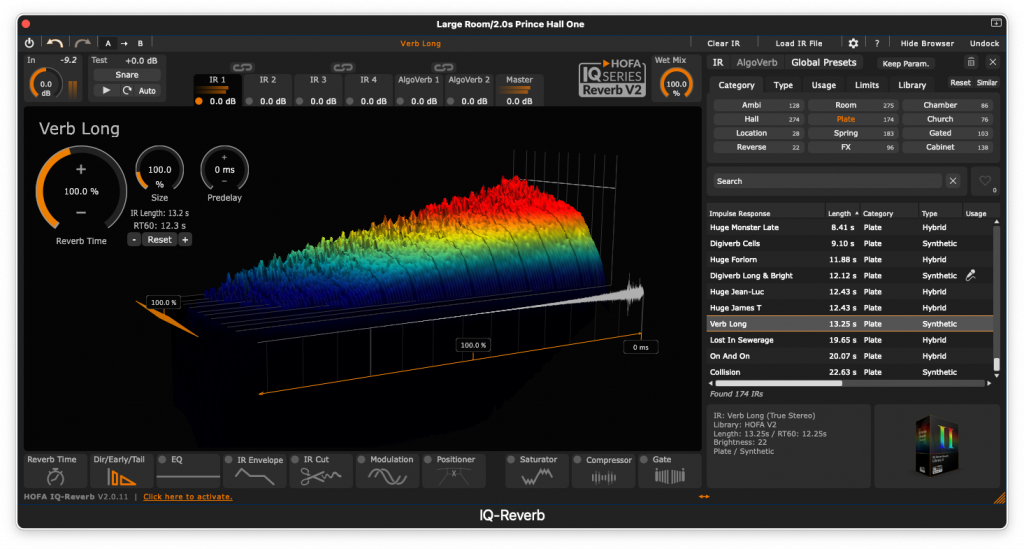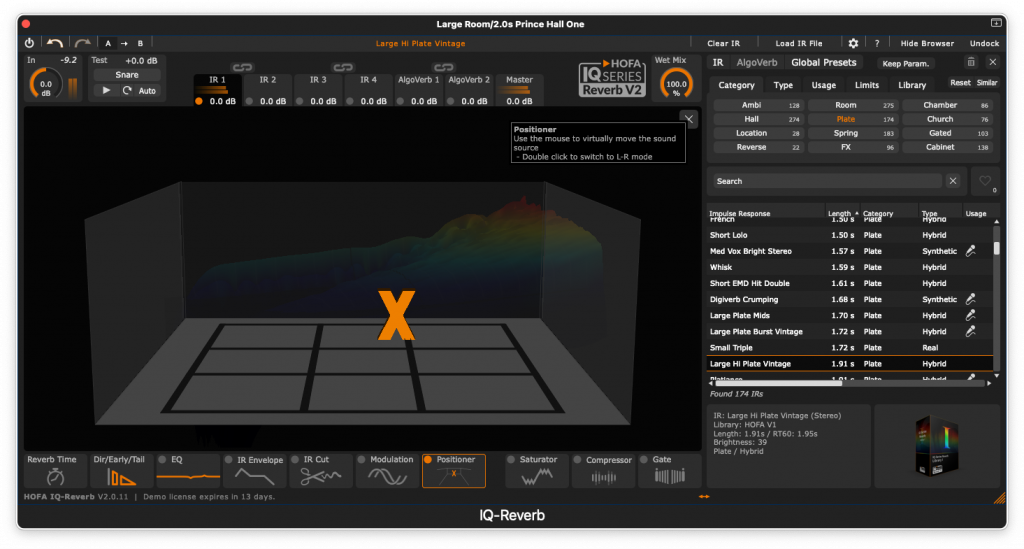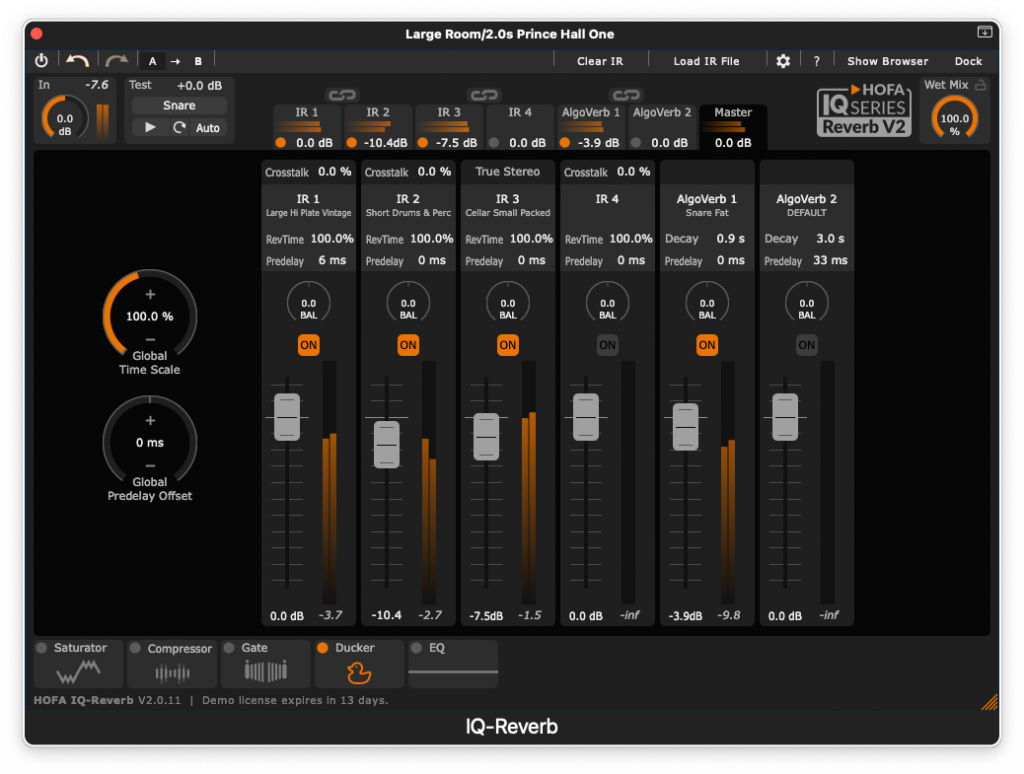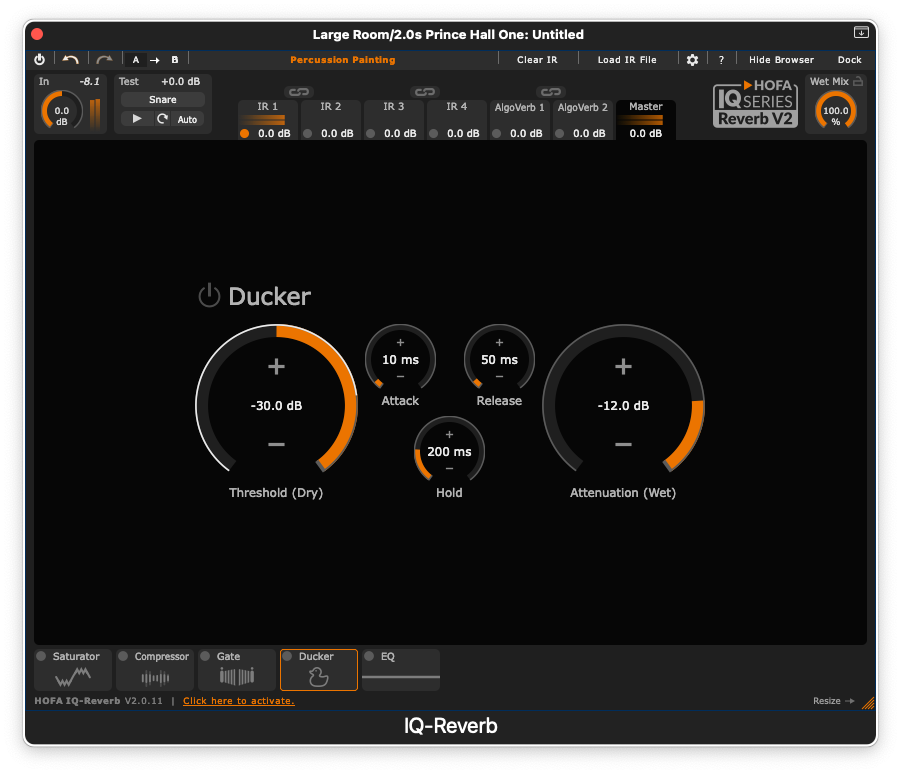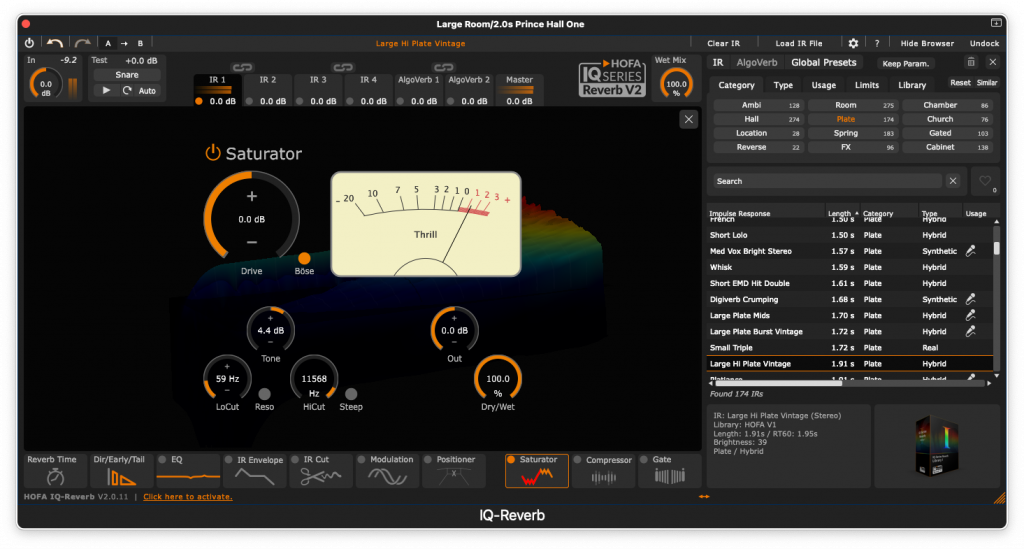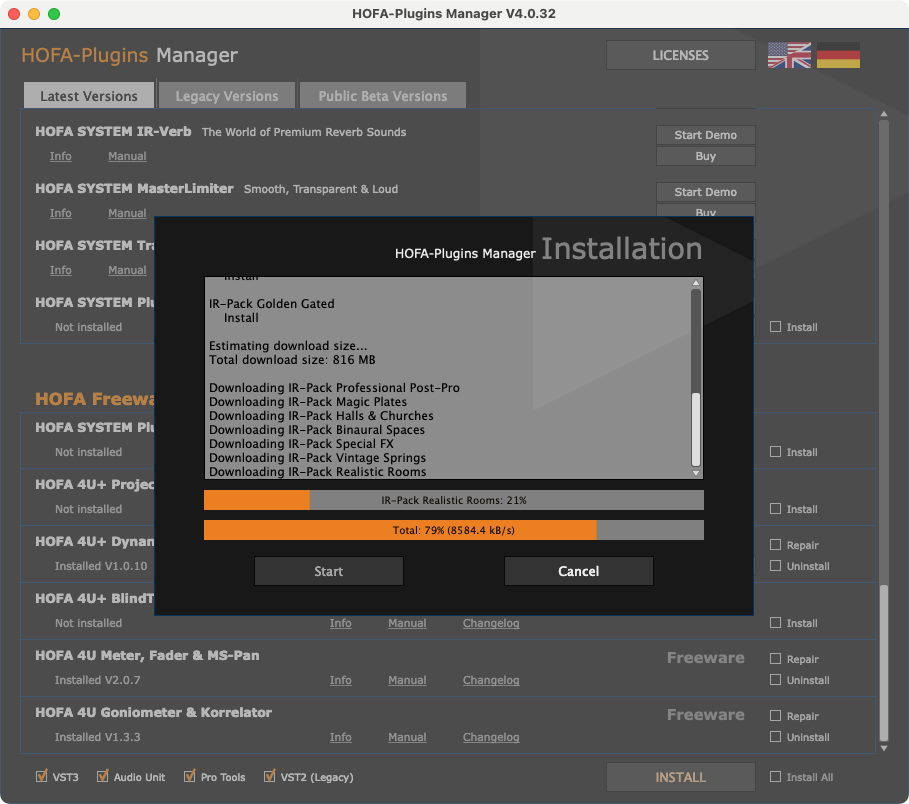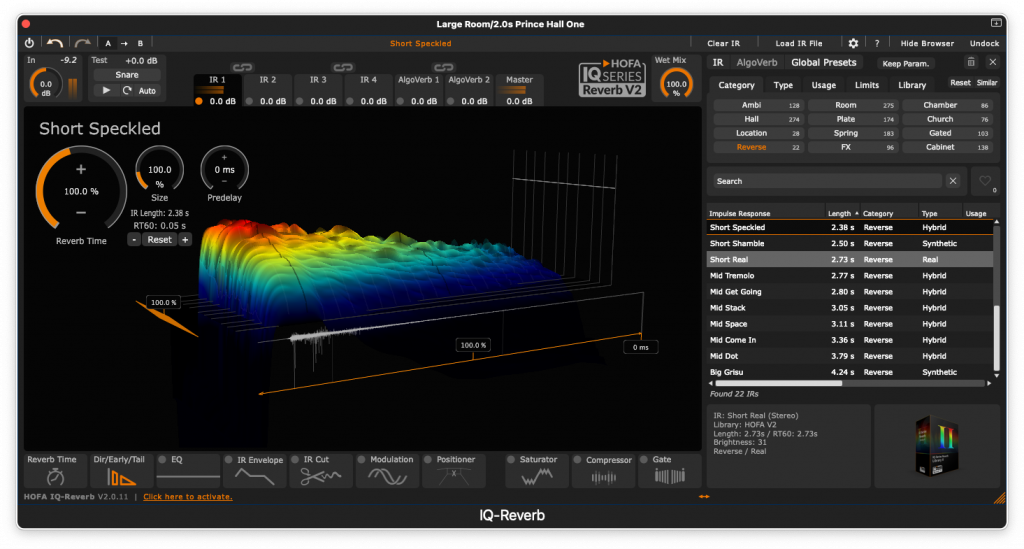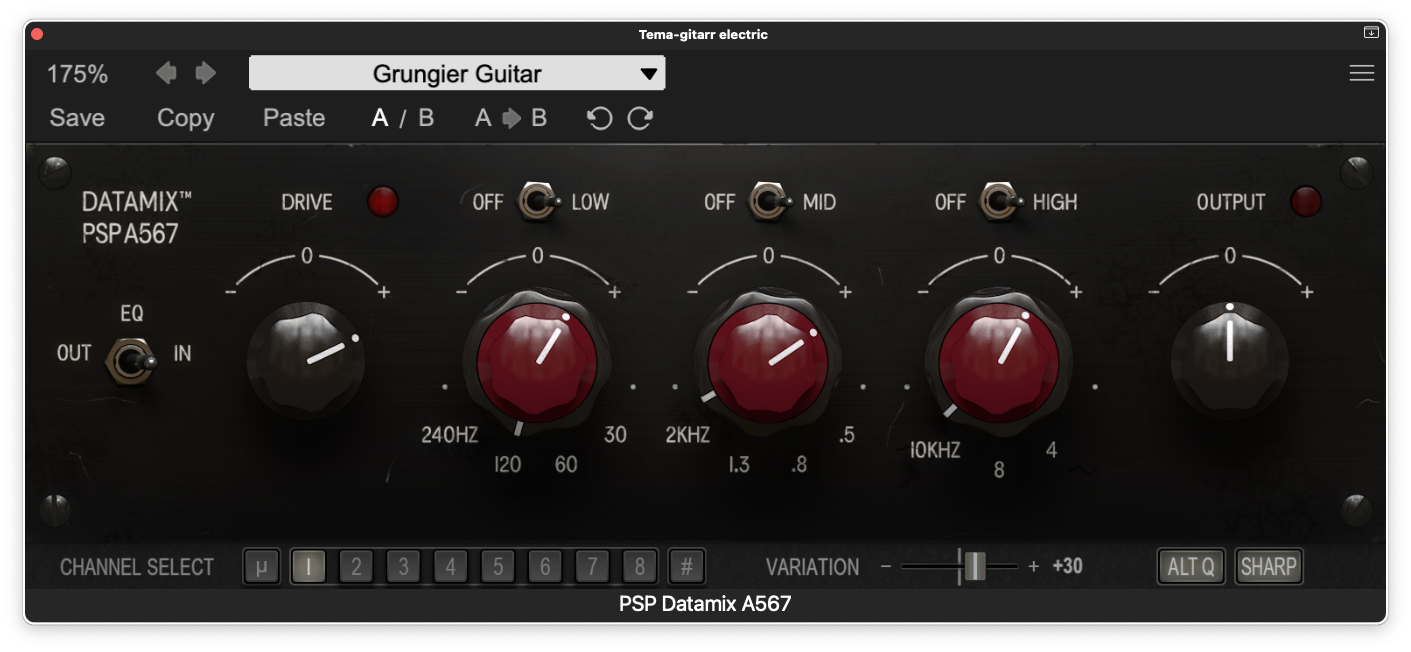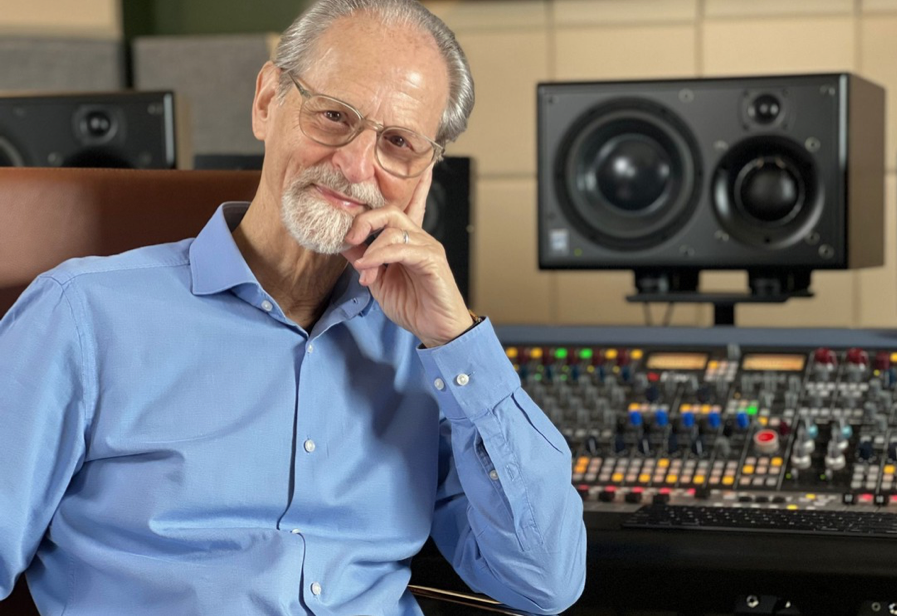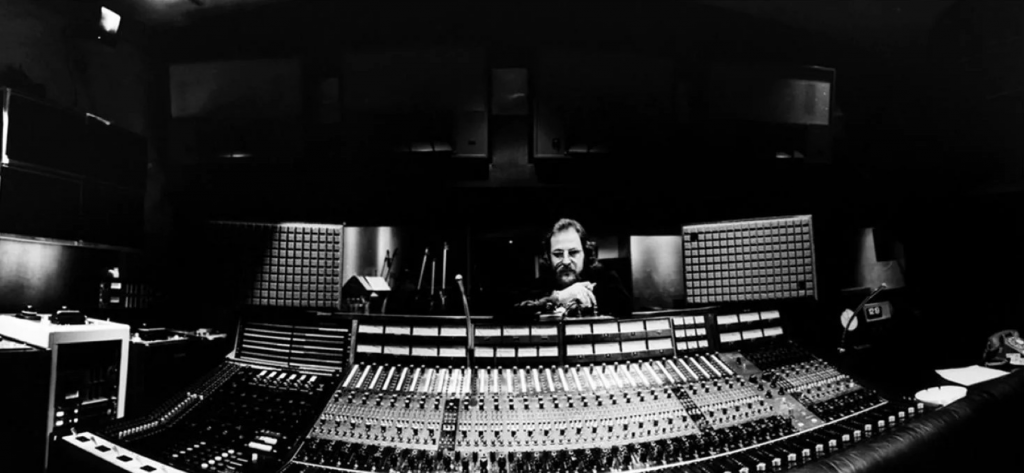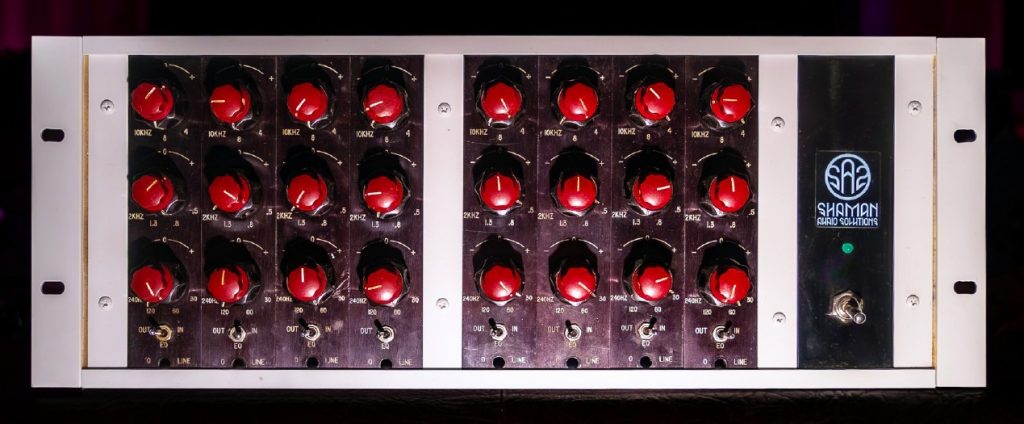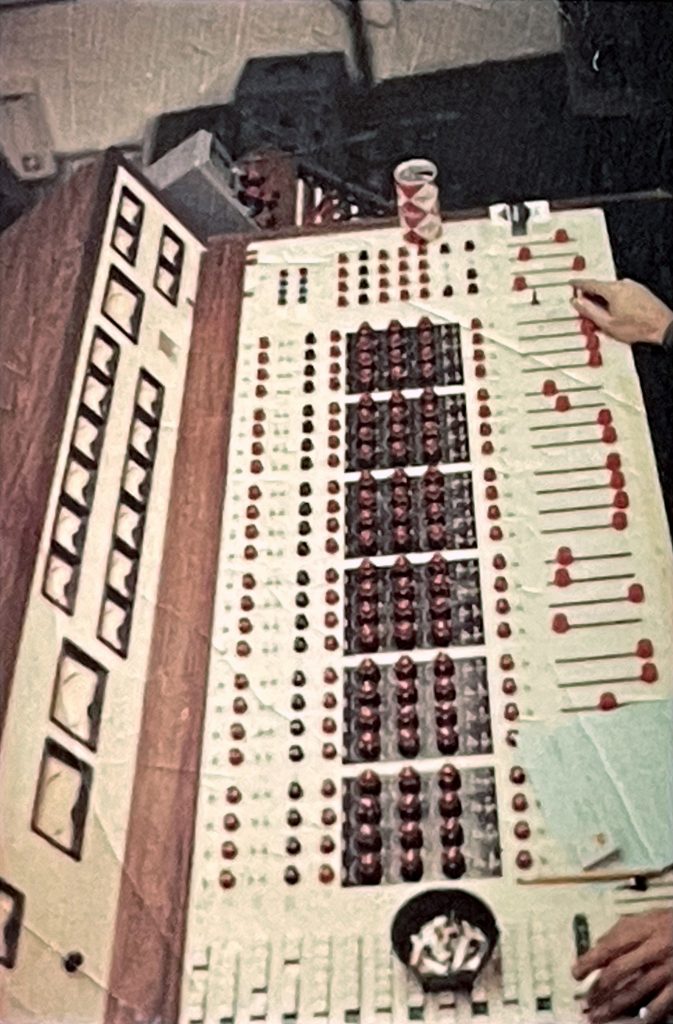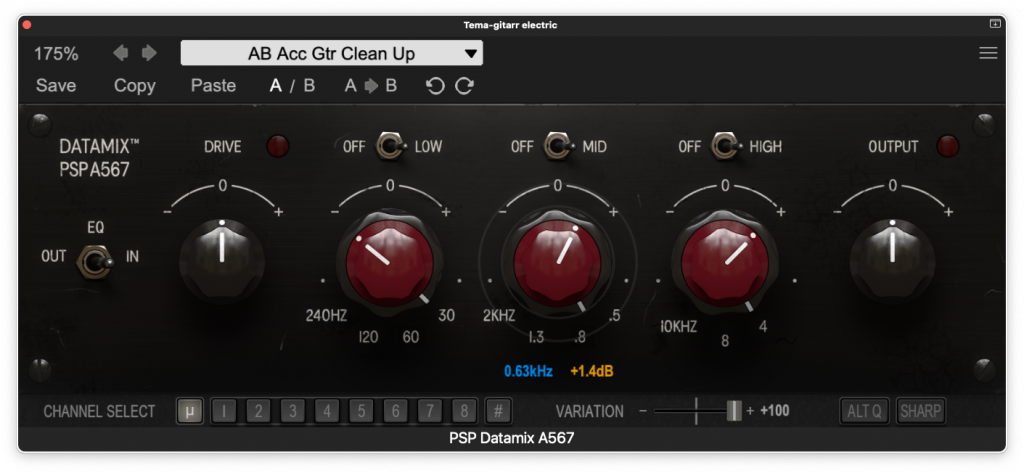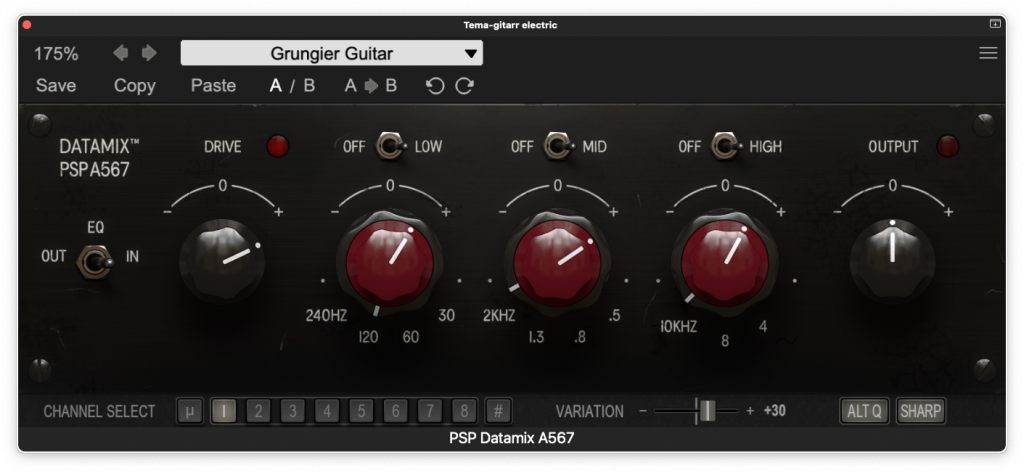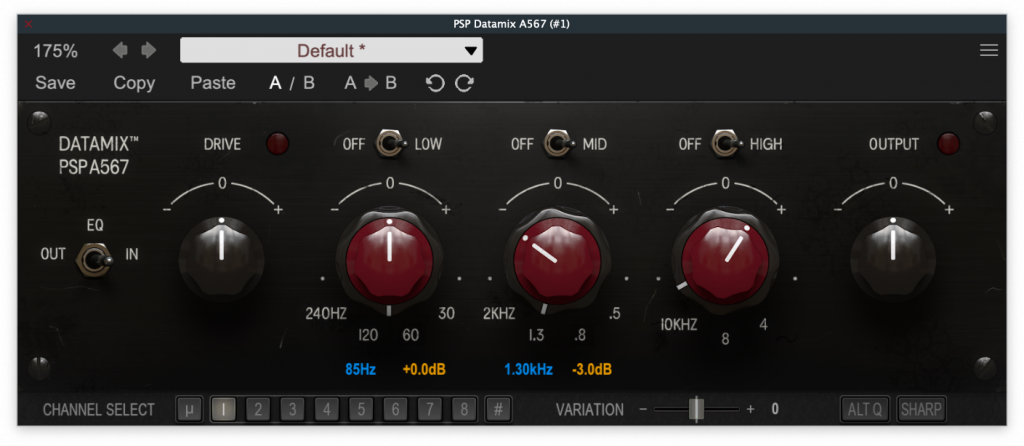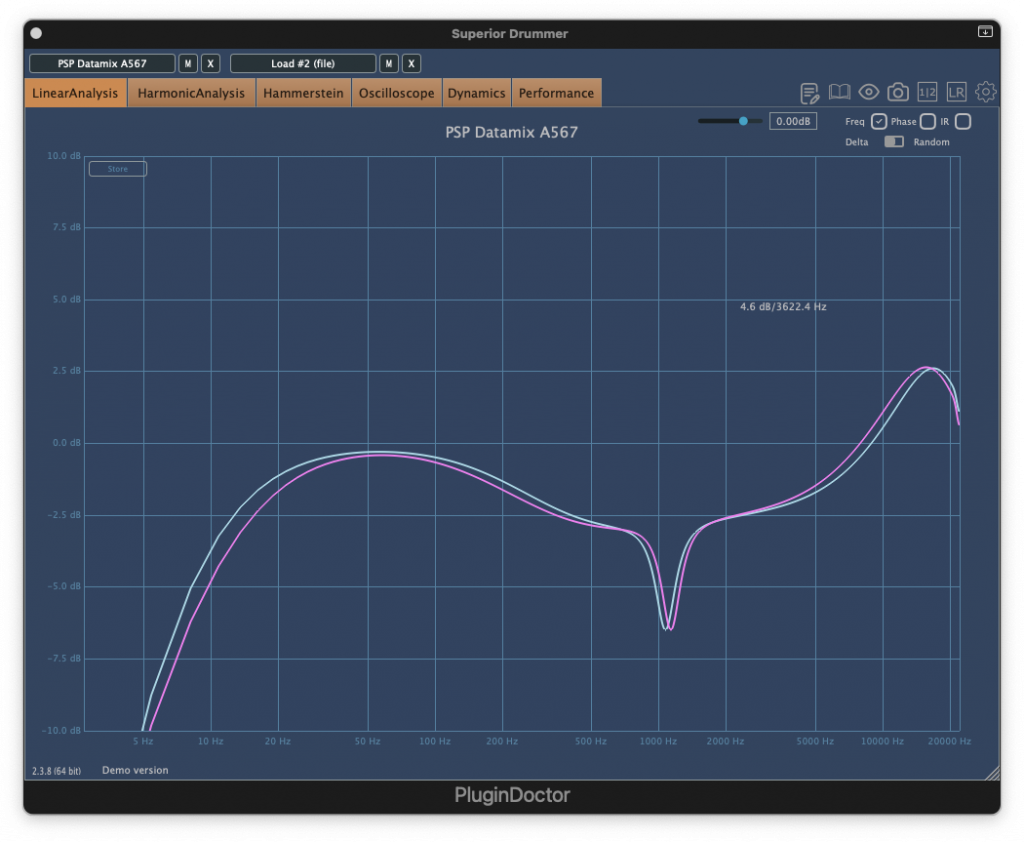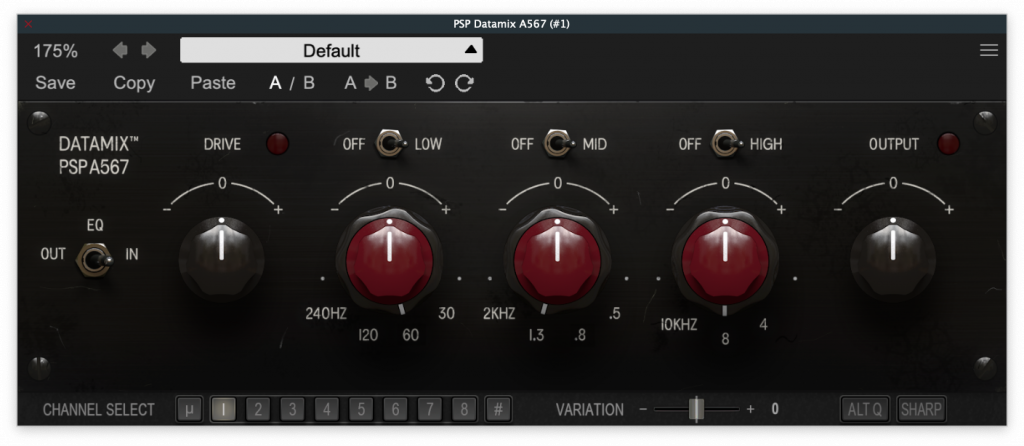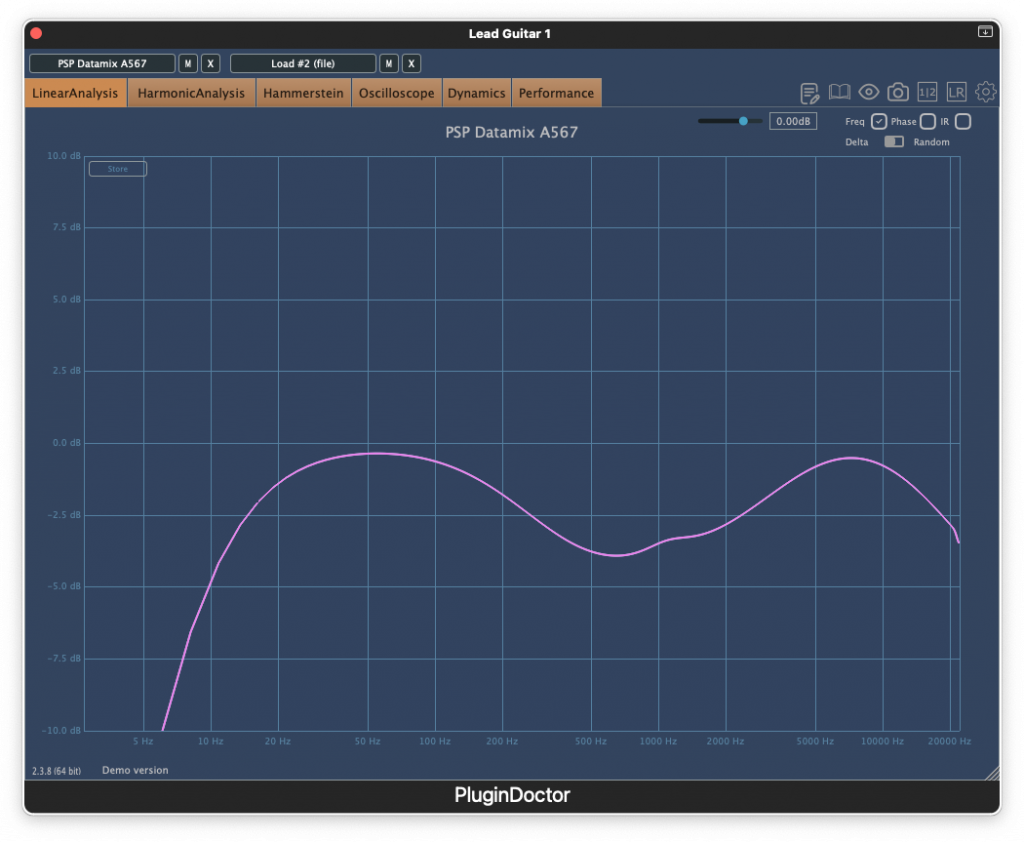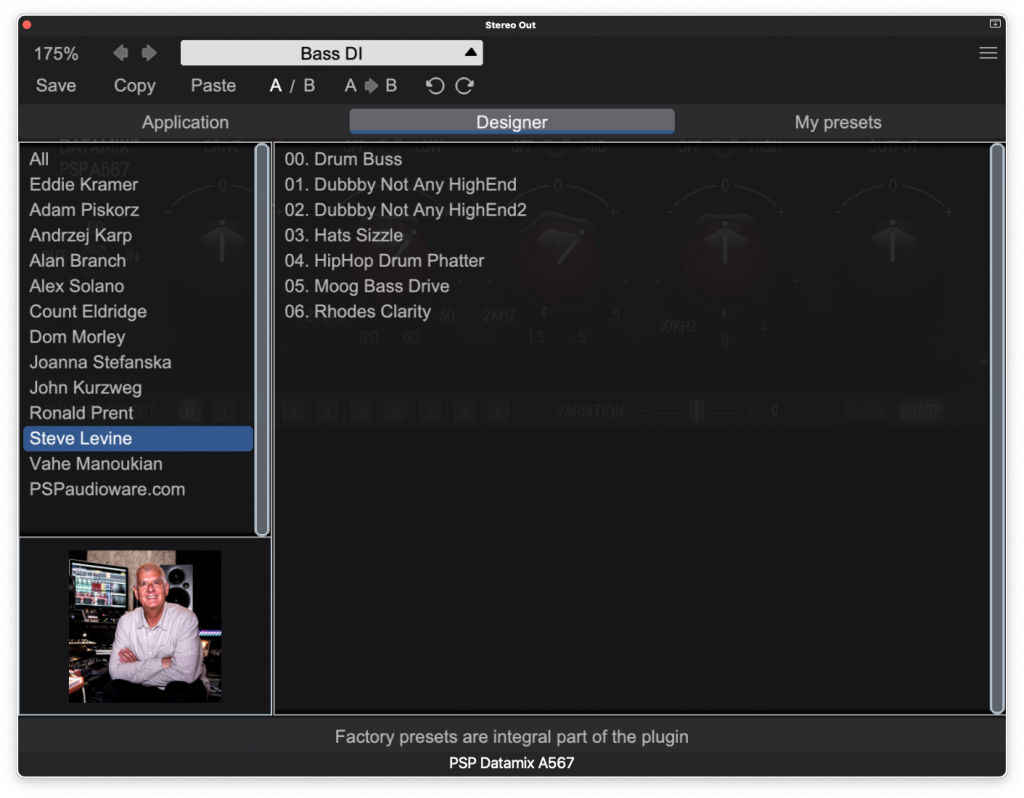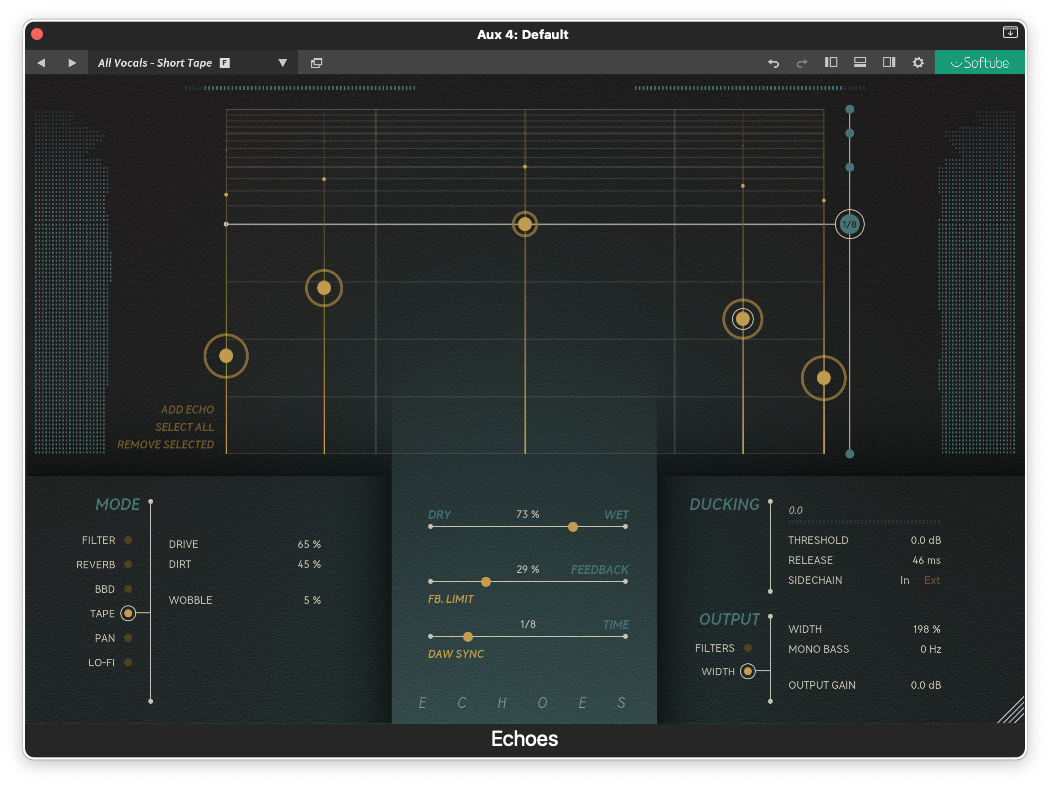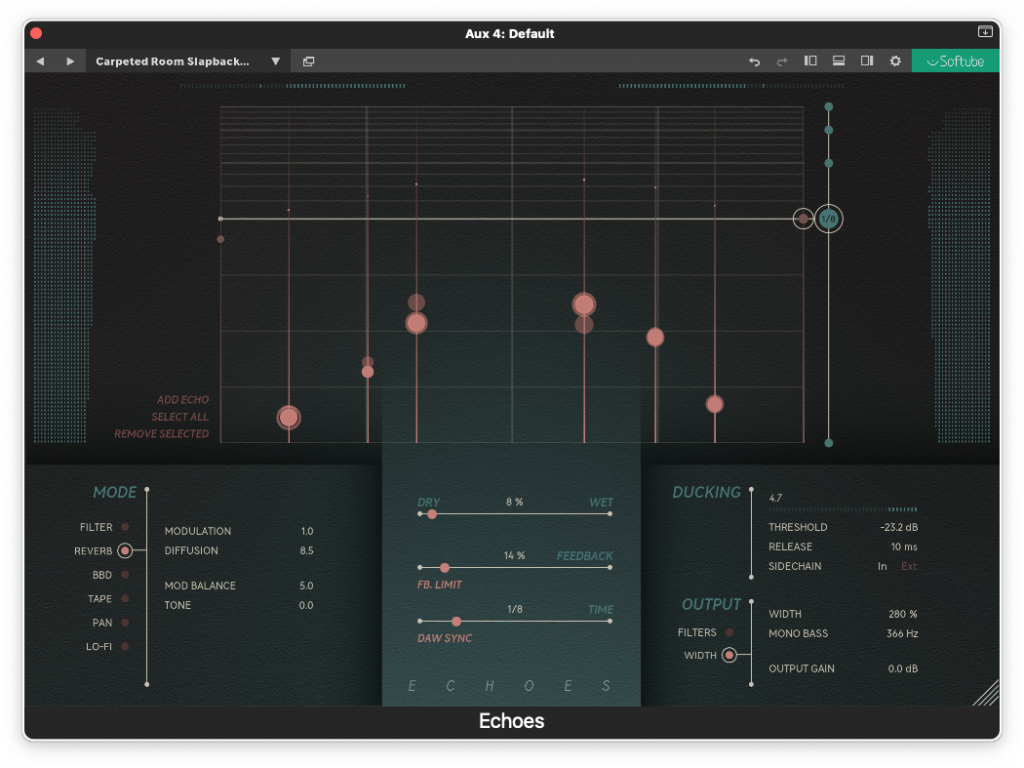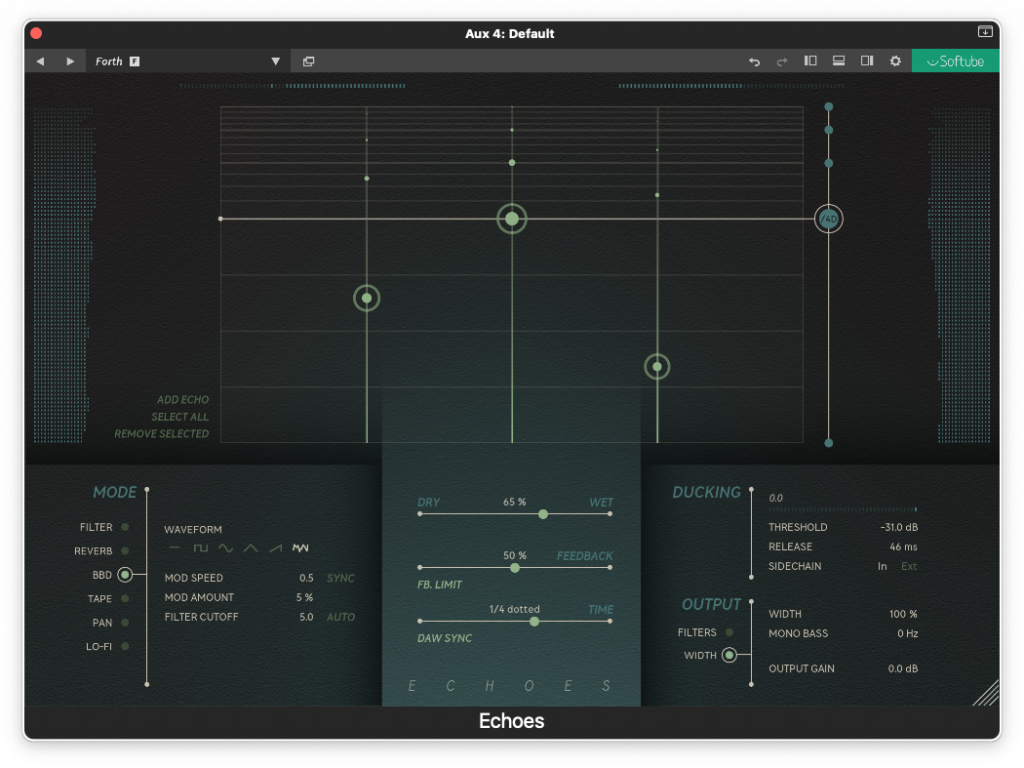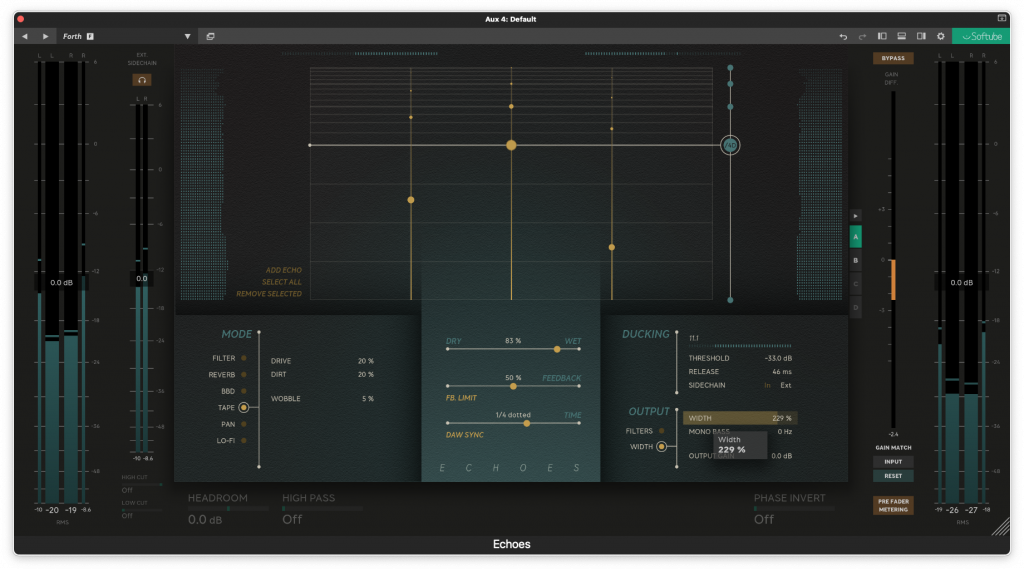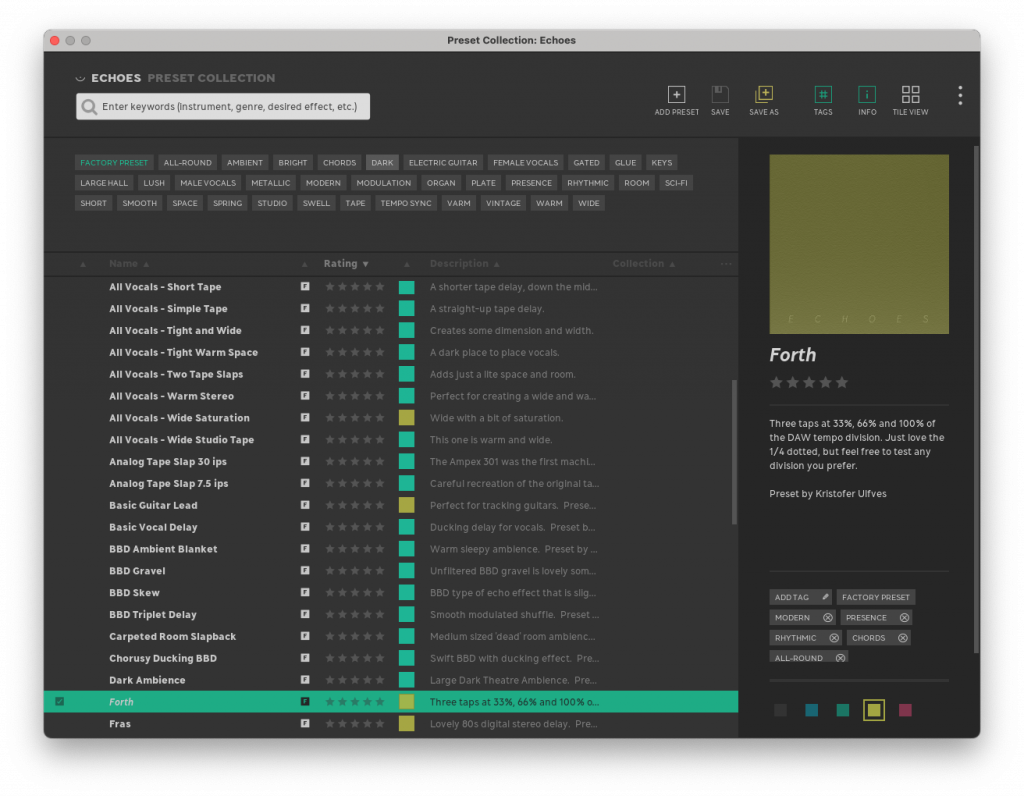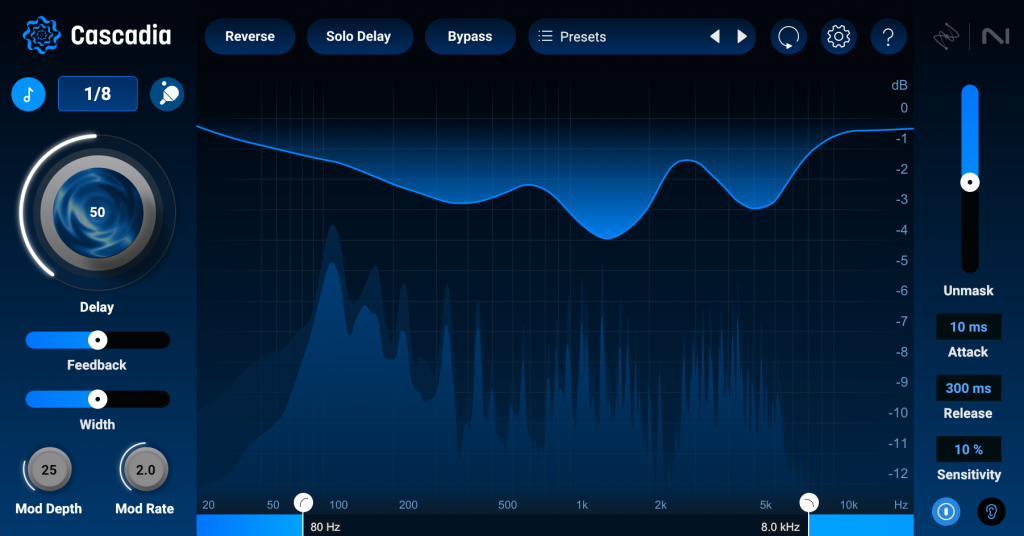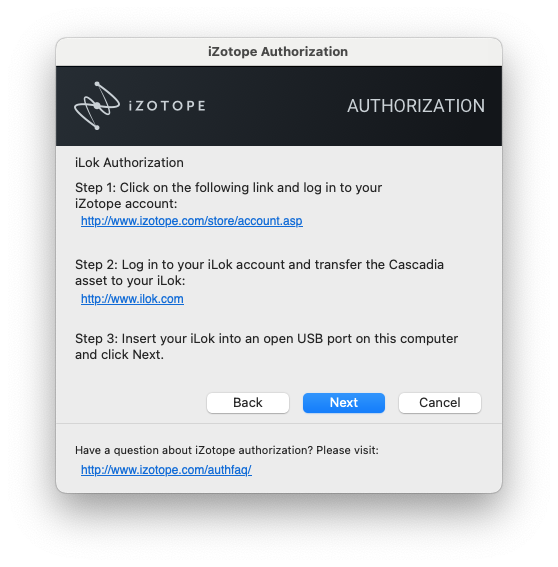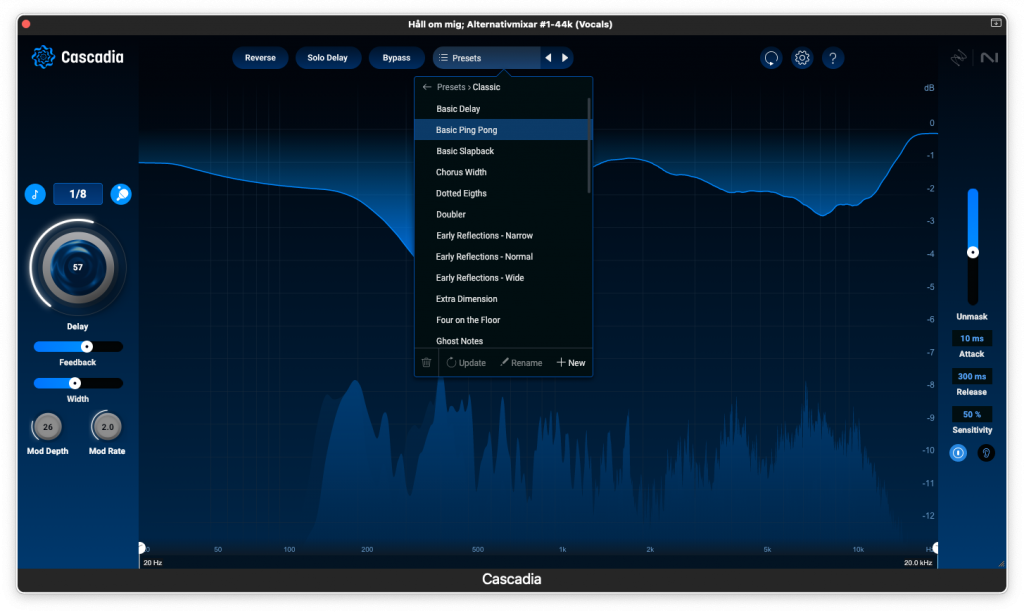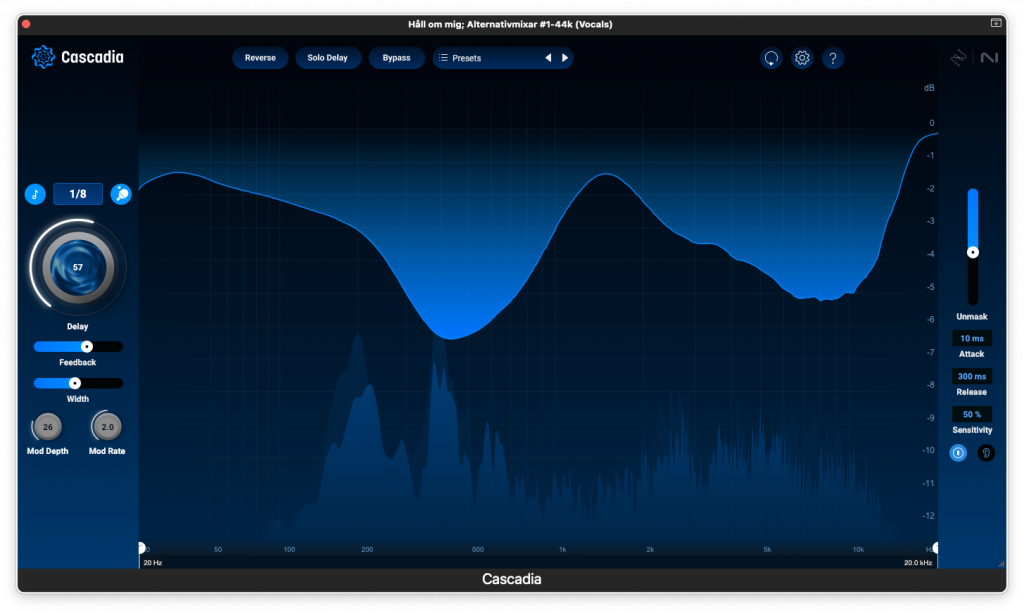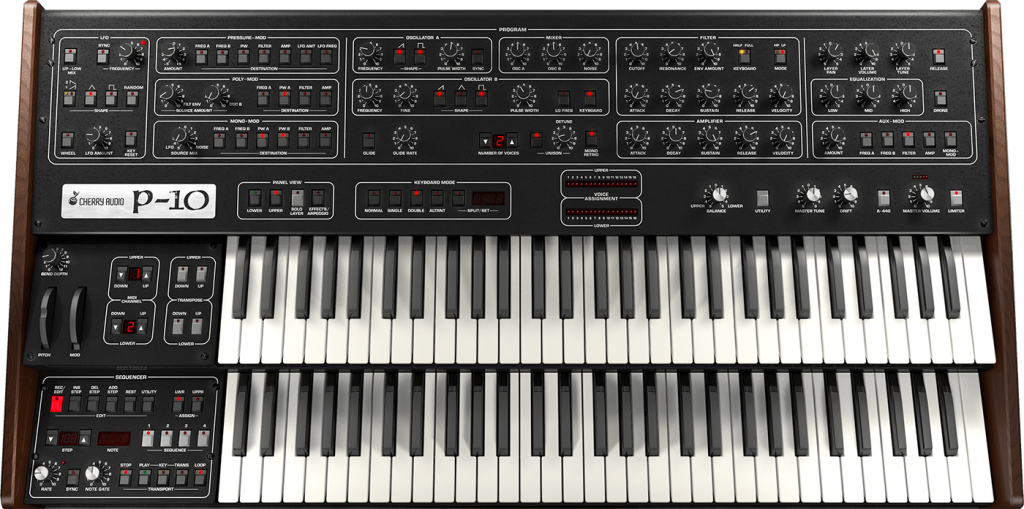Software Review
All the different voices absolutely in sync
A problem that often arises when doing different vocal overdubs is getting the vocals tight enough. Not everyone is as good as Swedish Robyn at this; she can apparently add as many overdubs as she wants, and everything sounds absolutely super-tight. The rest of us either have to sit and edit the vocal tracks by hand, or use some kind of app that fixes this. One such app is the new Sync Vx from Waves Audio.
The advantage with using Auto Align apps is that they should be able to listen to a master or reference track that can act as a template, and then the app takes over and – with the help of time-stretching and other useful algorithms – makes sure that all the other tracks follow the master track exactly in sync.
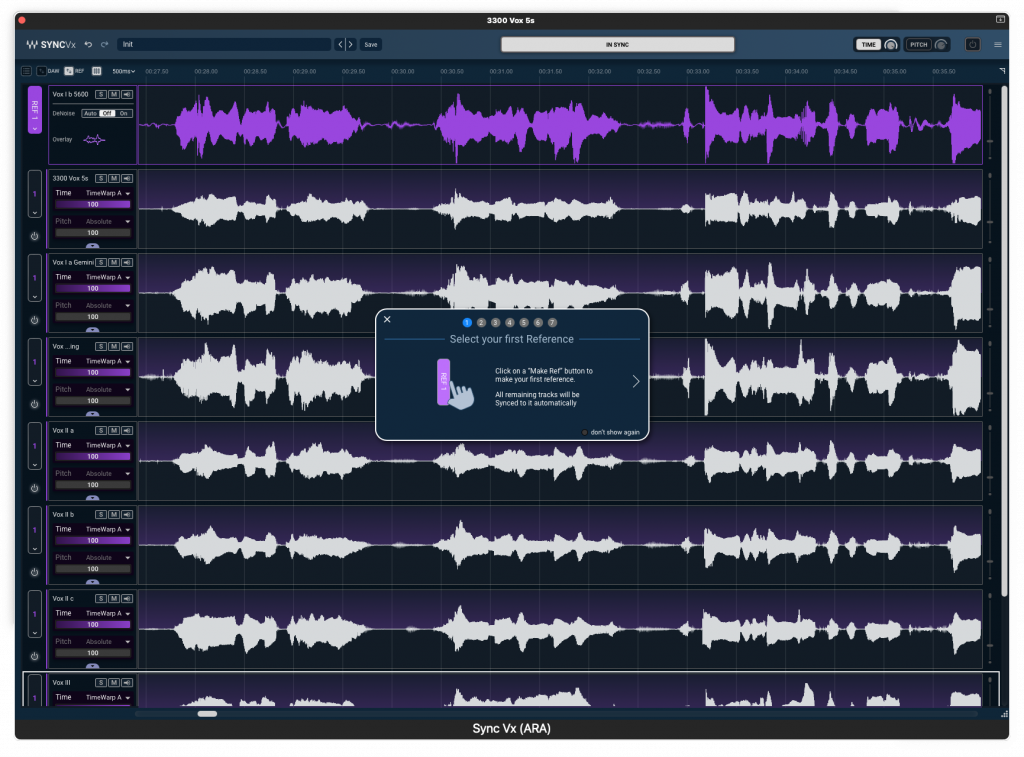
Clearly the development has gone incredibly fast since I last looked at one of these programs. If I remember correctly, it was VocAlign Pro from SynchroArts that was on the test bench at the time. Now Waves Audio has come up with an app that promises to do all this work both faster and smoother than many of its competitors. Obviously you get incredibly curious.
ARA- and Align-plugins
Many of the apps of this type that we have looked at over the years have been quite complicated to handle but at the same time have given really good results. Others have been fairly easy to handle, but then often have been a bit disappointing result-wise. Waves Sync Vx is promised as the golden shortcut; it is said to be both easy to handle and to give excellent results. Is it really possible?
To start with… Sync Vx is a so-called ARA2 plug-in (Audio Random Access) and in many DAW programs these work very well, although it can be a bit tricky to add them to one (or more) tracks. In Studio One, Cubase and Nuendo you open an Extension or Event Editor. In Reaper you find it under FX. In Pro Tools it works best if you first select the tracks or clips you want to tighten and then right-click and select Sync Vx from the menu that appears.
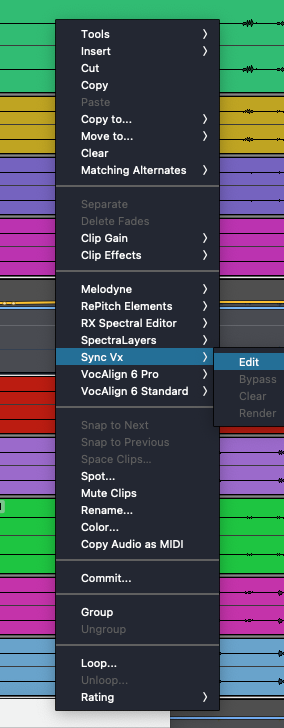
In Logic, if you have one of the newer Silicone machines (M1, M2 etc), you simply have to restart the program under Rosetta, the add-on that also handles older plug-ins and programs that otherwise cannot run with Apple’s new processor. It is of course a bit akward that Apple has not managed to add support for ARA to its otherwise miraculously powerful Silicone machines, but we can only hope that the developers at Apple will fix this soon.
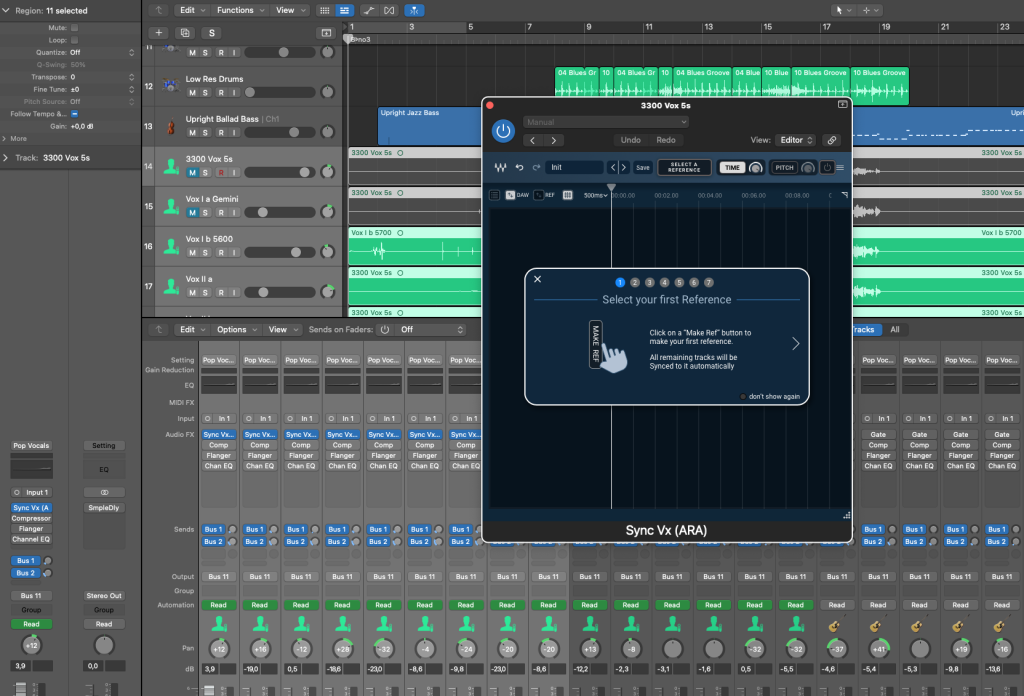
Anyway, once you have Logic up and running under Rosetta, you also have to make sure that the ARA plug-in is first in the chain of insert plugins on each track, otherwise it won’t work. Unfortunately there are some DAW programs that don’t yet support ARA plugins (no one mentioned…), but hopefully we’ll soon have these on board too.
Waves Sync Vx
The developers emphasize the benefits of working with an Align app, especially when compared to the time-consuming editing work required if you were to do all the work that Sync Vx does in a blink of an eye on a completely manual basis. It can be used to tighten up background choirs, make nice doublings of solo vocals, and much more. Yes, it works perfectly even if you want to tackle multi-tracked guitar parts a’ la Brian May, for example; or why not try it on a brass section? Programs like Waves Sync Vx can also be invaluable for post-production for films or TV shows, when you need to sync up dialogue, for example.
You add Sync Vx to allt the tracks that you want to sync and, depending on which DAW you use, it behaves a little differently. Check what applies to your own DAW; it may need to be upgdated. Also keep in mind that ARA plug-ins should not be opened as a regular plug-in and added as an insert, the exception is Logic Pro (as we mentioned above) but there you should get the choice between a regular native plug-in and the ARA version).

When everything is in place, the ARA plug-in opens in a separate window and there you will find all the tracks that you want to sync. However, Sync Vx “only” handles up to 16 tracks at a time. If you have more tracks, you can divide them and take a few at a time.
The first time you use Sync Vx, a “Setup Wizard” opens up, giving you some instructions on how to handle all of this. You are asked to choose which track the others should be synced to. The developers call this the Reference Track, and you can select up to four different reference tracks in a Sync Vx window. You then decide which of the other tracks should follow your chosen reference track. This way, you can easily handle, for example, a background choir that sings a little differently compared to your lead voice.
Handling and end result
As soon as you open a Sync Vx window with a bunch of audio tracks, the app starts analyzing the tracks. Depending on how long and how many the tracks are, this takes a slightly different amount of time, but compared to the time you save if you were to do a completely manual editing, that time is completely negligible. When the analysis is complete and you have selected your reference and the tracks that will follow it, this is it. Most of the time it sounds absolutely fantastic, but you also have the option to go in and adjust the result in terms of both sync and pitch, to your liking, from 0 to 100 percent. You can also mark parts of a reference track if it contains, for example, a bit of ad lib singing, “wailing” or the like, which should not be synced to anything else, and tell the app to ignore this marked section.
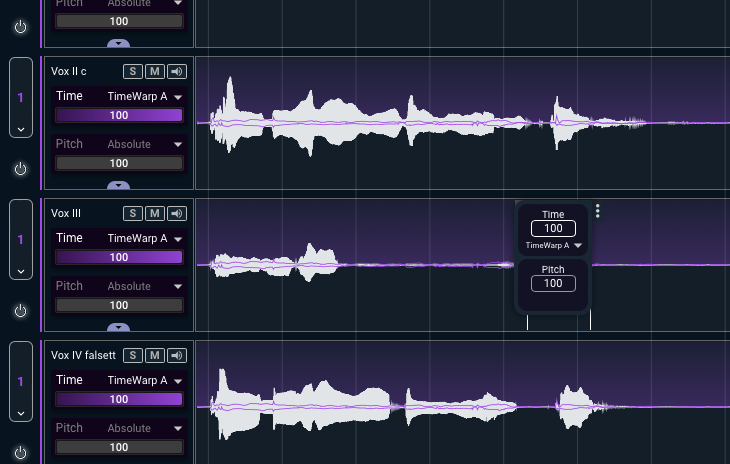
Sync Vx also gives you the option to fine-tune parts of clips; if you select a part of the clip, you will get adjustment options at the ends of the selected part. At the far left you can decide how much the timing and/or pitch should be adjusted, and at the other end you will see the corresponding controls for transpose and formant. This can of course be extremely useful in a variety of situations.
You can also add so-called Sync Markers, if you have a section that is difficult to sync automatically. A sync marker appears as a yellow line, and if you drag this line, you can manually move, for example, a transient in a word so that it lines up exactly as you want it. To prevent Sync Vx from having to time-stretch the selected clip too much at a single point, the app itself selects a larger area that follows when you move the sync marker. Extremely clever! If you have questions about how all this should be done, there is a very comprehensible and useful manual on Wave’s website.
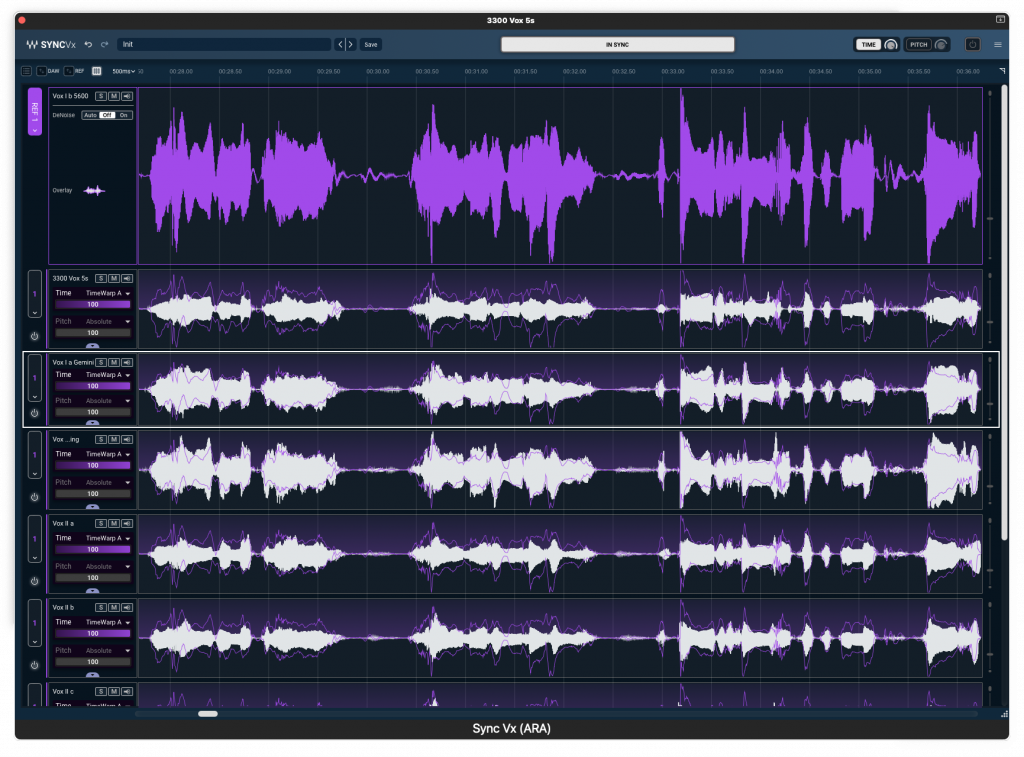
Conclusion
This makes me so darn happy! No more cutting and pasting in audio files. Well, that’s what the developers promise when it comes to Sync Vx. In a few seconds, the plug-in should be able to create really tight vocals based on your vocal overdubs, and that applies to both sync and pitch, according to the creators.
When all is said and done, it might take a little more than a few seconds, especially if there are longer audio files that the program has to analyze first. But Sync Vx works incredibly smoothly, and the end result is absolutely excellent. The only thing that can be a bit tricky is getting the respective DAW program to accept Sync Vx as an ARA plug-in, but this is definitely not the Waves developers’ fault. Rather, the various developers at Apple, Avid, and others have to take care of this.
Of all the plugins of this type that I have reviewd over the years, Sync Vx is undeniably the most intuitive and easy to work with. And the end result is absolutely top-notch! Five stars in my book! I can imagine that dialogue creation and similar syncing in a post production situation could be made a lot easier with Sync Vx. This is something we’ve all been dying to see!
Link
Here is an educational video showing how to handle Sync Vx:
Here you can hear Waves Sync Vx in action. I used it on a dozen different vocal tracks for this one:
System Requirements
- Mac
- CPU Intel- or Siliconbased CPU
- Memory 16 GB RAM
- Operative System macOS Monterey 12, Ventura 13, Sonoma 14, Sequoia 15
- Display Resolution minimum: 1024 x 768; recommended: 1280 x 1024 / 1600 x 1024
- Windows
- CPU X64-kompatible Intel- eller AMD-based processor
- Memory 16 GB RAM
- Operative System Windows 10 64 bit or Windows 11
- Display Resolution minimum: 1024 x 768; recommended: 1280 x 1024 / 1600 x 1024
Developers Waves Audio Ltd
Info https://www.waves.com/plugins/sync-vx
Price Now: 129,99 dollar
